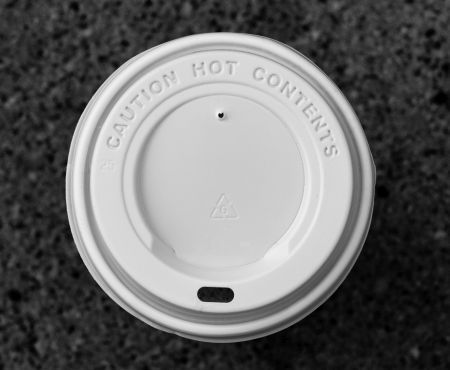
How to Handle Faulty Product Injuries
In 2020, over 11 million people went to the emergency room following an injury from a household item. This substantial amount of harm is problematic for products that should be safe. What should you do if a faulty product injures you? If you are injured, you should file a claim with a reputable group of civil lawyers, like Hickey & Hull Law Partners.
What Is Product Liability?
Product liability is a company’s responsibility to ensure its product does not cause damage or injury to the user. If a person is hurt using a product, the company is liable for any damages unless the case falls outside their liable discretion. For cases involving product defects, the person must use the item for its intended use.
Types of Product Liability Claims
If you are injured while using a product, you may be entitled to compensation based on your injury. There are three defined causes of injuries connected to product liability laws in the United States: defective manufacture, flawed design, and lack of adequate warning.
Defective Manufacture
Manufacturing defects are a form of strict liability and focus on an issue with creating the product itself. This defect is not related to the design itself but rather the execution of the invention. For example, in August 1999, General Motors dealt with a product liability issue in their 1979 Chevy Malibu’s where faulty gas tanks exploded upon impact–burning six people.

GM’s poor manufacturing of the gas tank cost $4.9 billion in settlement payments.
Flawed Design
Before manufacturing begins, flawed design is an issue–it was a defective product from conception. Design defects are typically a result of negligence and oversight. For example, in 1998, Dow Corning Corp. paid $3.2 billion in restitution for faulty silicone breast implants. The implants ruptured, tore, and leaked once implanted in the patient. This design defect injured and damaged the patients’ bodies.
Lack of Adequate Warning
When a company does not provide adequate warnings to its consumers about the risks of using a product, it is liable for any damages. Why? The company is held responsible for anticipating all uses and must determine what acceptable and unacceptable use is. But warnings are for more than improper use–warnings keep consumers safe. For example, in 1992, McDonald’s famous “Caution: Hot” lawsuit made national news.

In short, a woman ordered coffee and spilled it on herself. However, McDonald’s acknowledged they keep their coffee so hot it can cause third-degree burns in three to seven seconds--it was unreasonably dangerous. Such negligence to consumer safety and failure to warn resulted in McDonald’s settling with Stella Liebeck.
Conclusion
It would be best to be careful when using a product, but history has shown us that personal injury is often outside our control. In moments of pain and suffering, it’s essential to know you have legal resources within reach. Hickey and Hull Law Partners is always ready to help you file your product liability claim and help you get the financial restitution you deserve.
